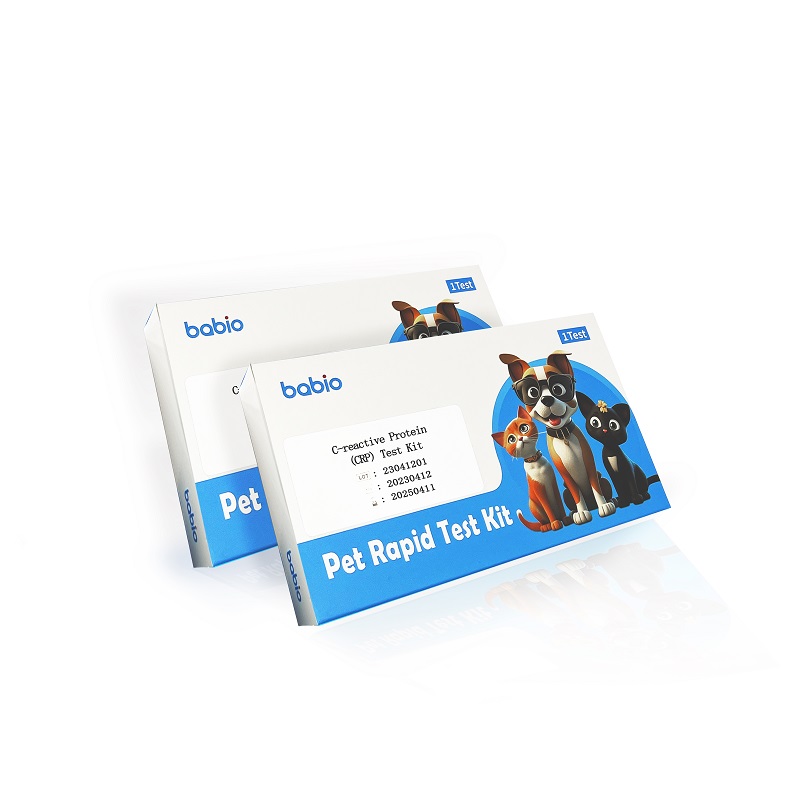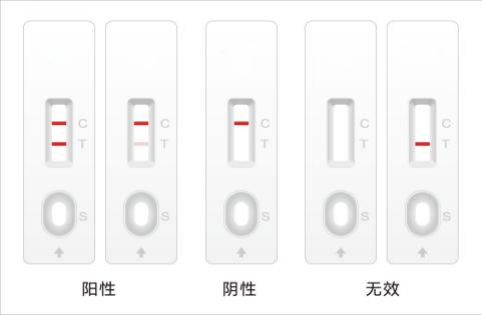
The CRP Semi-Quantitative Rapid Test Cassette (Whole Blood/Serum/Plasma) is a rapid chromatographic immunoassay for the semi-quantitative detection of C-reactive protein in whole blood, serum or plasma.
The CRP Semi-Quantitative Rapid Test Cassette (Whole Blood/Serum/Plasma) is a semi-quantitative, membrane based immunoassay for the detection of C-reactive protein in whole blood, serum or plasma. During testing, the specimen is dropped into the specimen well and reacts with the particle conjugated with CRP antibody, and the mixture migrates upward on the membrane chromatographically by capillary action to react with anti-CRP antibody pre-located on the membrane and generate a purple line. The number of lines depends on the CRP concentration in the sample. The more CRP is contained in the sample, the more color lines become visible. The control line serves as a procedural control and indicates that sufficient volume of specimen has been added and membrane wicking has occurred.
| Components | Specification | ||
| 1T/box | 20T/box | 25T/box | |
| Reagent card | 1 | 20 | 25 |
| Diluent pipe | 1 | 20 | 25 |
| Instruction | 1 | 1 | 1 |
Note: swabs are complimentary separately according to package specifications.
Store as packaged in the sealed pouch at room temperature or refrigerated (2-30°C). The test is stable through the expiration date printed on the sealed pouch. The test must remain in the sealed pouch until use. DO NOT FREEZE. Do not use beyond the expiration date.
【Specification】
1.Facilitates patient treatment decisions quickly
2.Simple, time-saving procedure
3.All necessary reagents provided & no equipment needed.
4.High sensitivity and specificity
5.Shelf life: 24 months
6.Storage: 2-30°C
Positive: Both the quality control line (C line) and the test line (T line) appear
Negative: Only the quality control line (C line) is available
Invalid: Quality control line does not appear, take a new device to retest

1. For professional in vitro diagnostic use only. Do not use after the expiration date.
2. The test should remain in the sealed pouch or closed canister until ready to use.
3. Do not eat, drink or smoke in the area where the specimens or kits are handled.
4. Do not use the test if the pouch is damaged.
5. All specimens should be considered potentially hazardous and handled in the same manner as an infectious agent.
6. Wear protective clothing such as laboratory coats, disposable gloves or eye protection when specimens are being tested.
7. The used test should be discarded according to local regulations.
8. Humidity and temperature can adversely affect results.